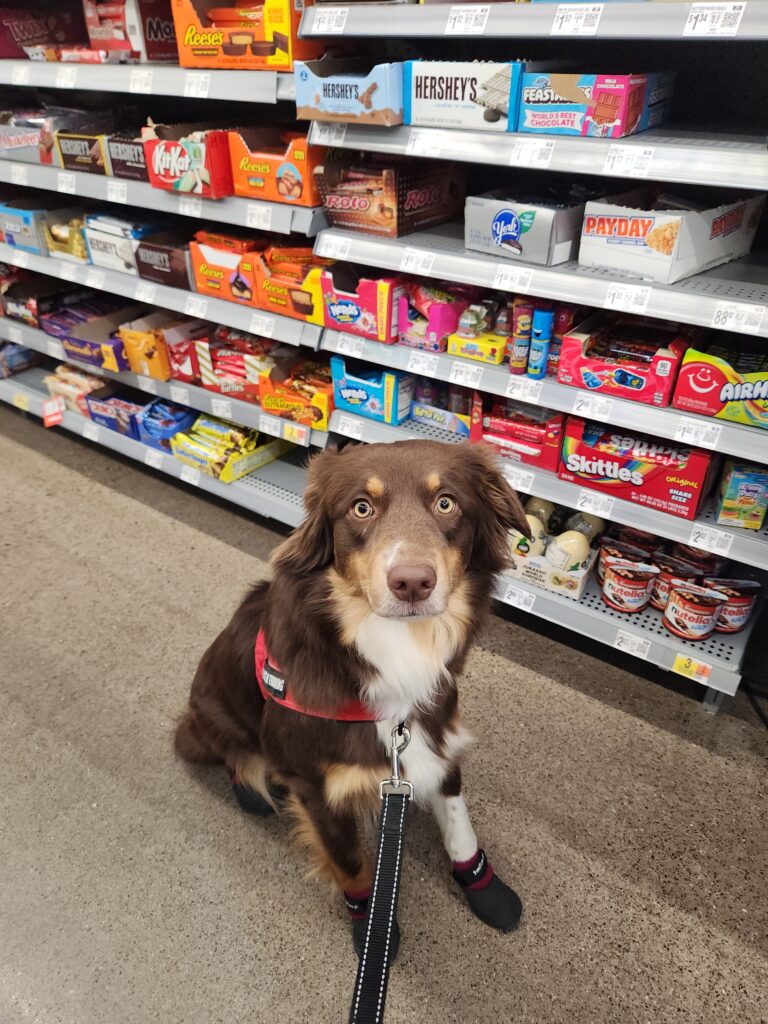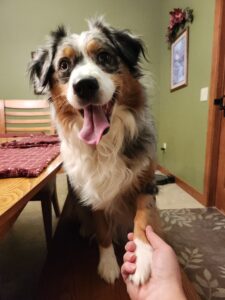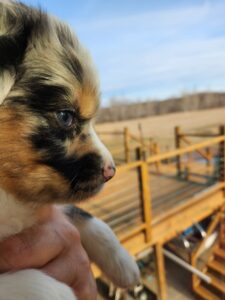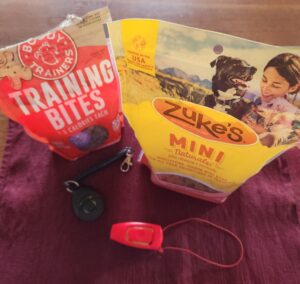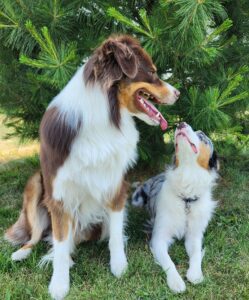There are no legal requirements for a service dog to be certified or pass a test for public access work. However, because you will be interacting with the public and representing the service dog community, I prioritize training that meets or exceeds industry standards. One widely recognized benchmark is the Public Access Certification Test established by Assistance Dogs International (ADI).
Since ADI only certifies nonprofit organizations, many trainers and businesses cannot obtain accreditation due to their business models. Despite this, the ADI test—often referred to as the PAT—has become the industry standard for professional service dog training programs.
In my training program, we utilize the American Kennel Club’s (AKC) 10-skill tests to earn two titles: the AKC Canine Good Citizen (CGC) and the Urban Canine Good Citizen (UCGC). Together, these titles surpass the requirements of the PAT. While your dog may have already achieved these titles, I encourage you to practice the test items as a team to ensure you can perform them effectively. Below is a list of the required skills—remember, all must be completed without the use of treats and all test items have to be passed to be completed.
AKC Canine Good Citizen Test Items
- Accepting a friendly stranger – evaluator approaches and pretends to shake hands with handler (6-12″ apart). Evaluator does not touch dog.
- Sitting politely for petting – evaluator pets dog; dog must show no shyness or resentment.
- Appearance and grooming – Evaluator inspects dog, combs or brushes lightly, examines ears and each front foot.
- Out for a walk – Handler takes dog for a short walk including right turn, left turn, about turn, and stop.
- Walking through a crowd – Dog and handler walk close to several people; dog may show causal interest but not jump up.
- Sit and down on cue/Staying in place – Handler shows that dog can do both sit and down, then chooses a position, leaves dog and goes to the end of a 20 foot line, and returns immediately.
- Coming when called – With dog still on 20 foot line, handler walks out 1o feet and calls the dog.
- Reaction to another dog – Two handlers and dogs approach, pretend to shake hands (hands 6-12″ apart), exchange pleasantries, then move on.
- Reaction to distractions – Distractions are presented; dog may not panic or show aggression.
- Supervised separation – Handler goes out of sight for 3 minutes. Dog is held on a 6 foot leash by an evaluator.
AKC Urban Canine Good Citizen Test Items
- Exit/enter doorway with no pulling in dog-friendly buildings. Exit building to start test, additional public buildings items are below.
- Walk through a crowd on a busy urban sidewalk.
- People come toward the dog from 1 foot away
- Tolerate distractions (people wearing hats, coats, men, women, etc.)
- Appropriate reaction to city distractions. This includes movement, noises, and walking on a variety of surfaces. Examples:
- Noises: horns, sirens, construction noise, etc.
- Moving objects: skateboard, bike, carts, person running
- Surfaces: concrete, grass, grates, plastic tarp, wet sidewalk
- Crossing street: Stop at corner, stand or sit to wait, and cross with no pulling (on leash, with owner). Crosses street under control.
- Ignore food on sidewalk. (Dropped food, or cups, bags, cans, in which food was wrapped).
- Person walks up and pets the dog. May be carrying an item such as a small dog in a bag, a computer bag, etc. Person does not put the bag down to pet the dog.
- Public building that is dog friendly. Walks under control in building (slick surface, carpeted floor). Down stay (3 minutes) in lobby or outdoor area, or waits while owner has a meal or snack.
- Stairs, steps, or elevator under control.
- Steps (at least 3 up and down)
- Elevator (enters under control, exits, rides under control)
- Housetrained for apartment, condo, city living. Owner may verify this item. Evaluator may also observe in public buildings, or have observed in training classes.
- Transportation. Owner’s choice depending on transportation needs.
- Car. Enters/exits, remains under control during the ride. (uses crate or seatbelt)
- Subway. Small dog in bag for ride. (large dogs are not always permitted; know and abide by the Transit Policies in your area).
- Dog friendly (enters/exits or allows to be put in/taken out) under control.

